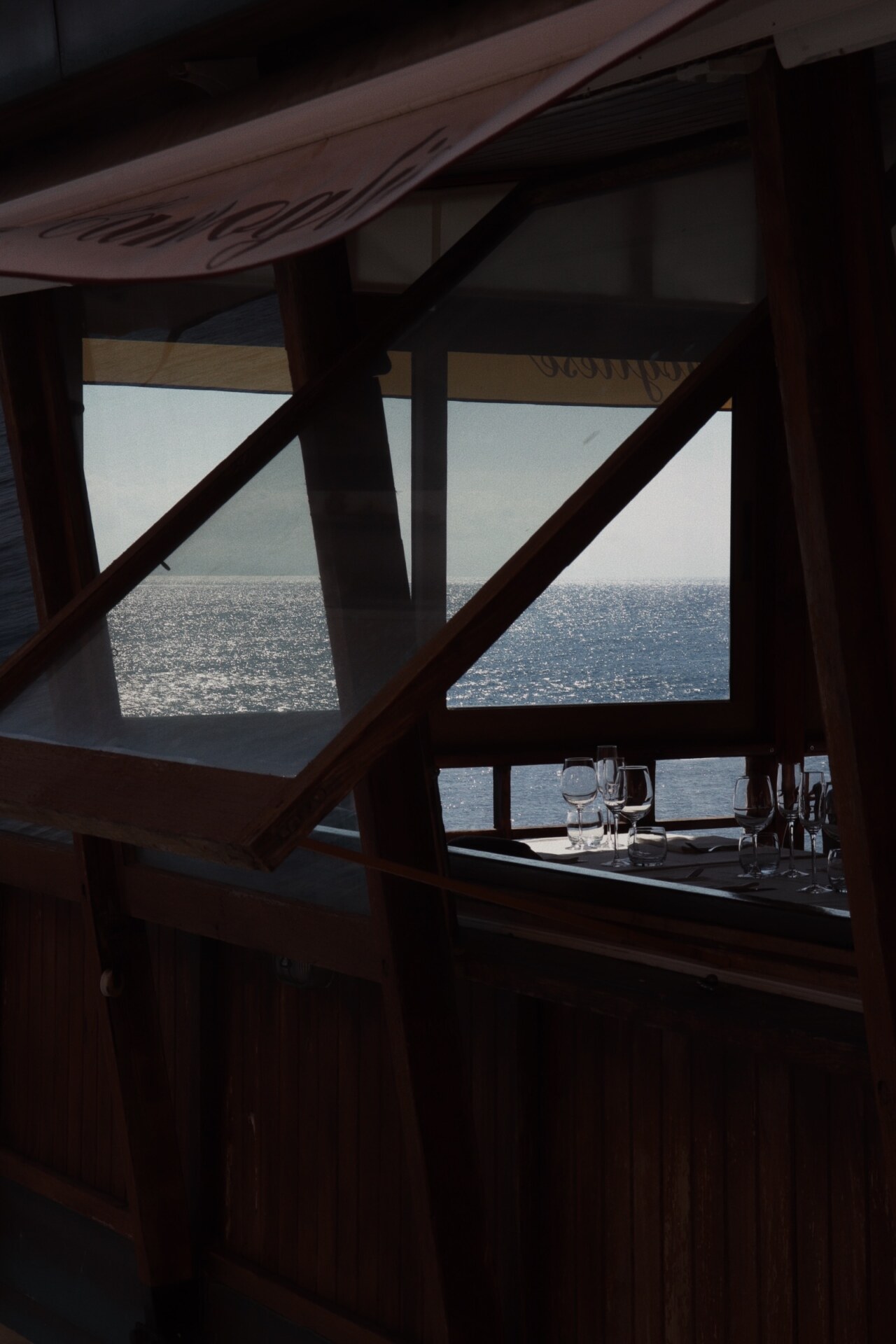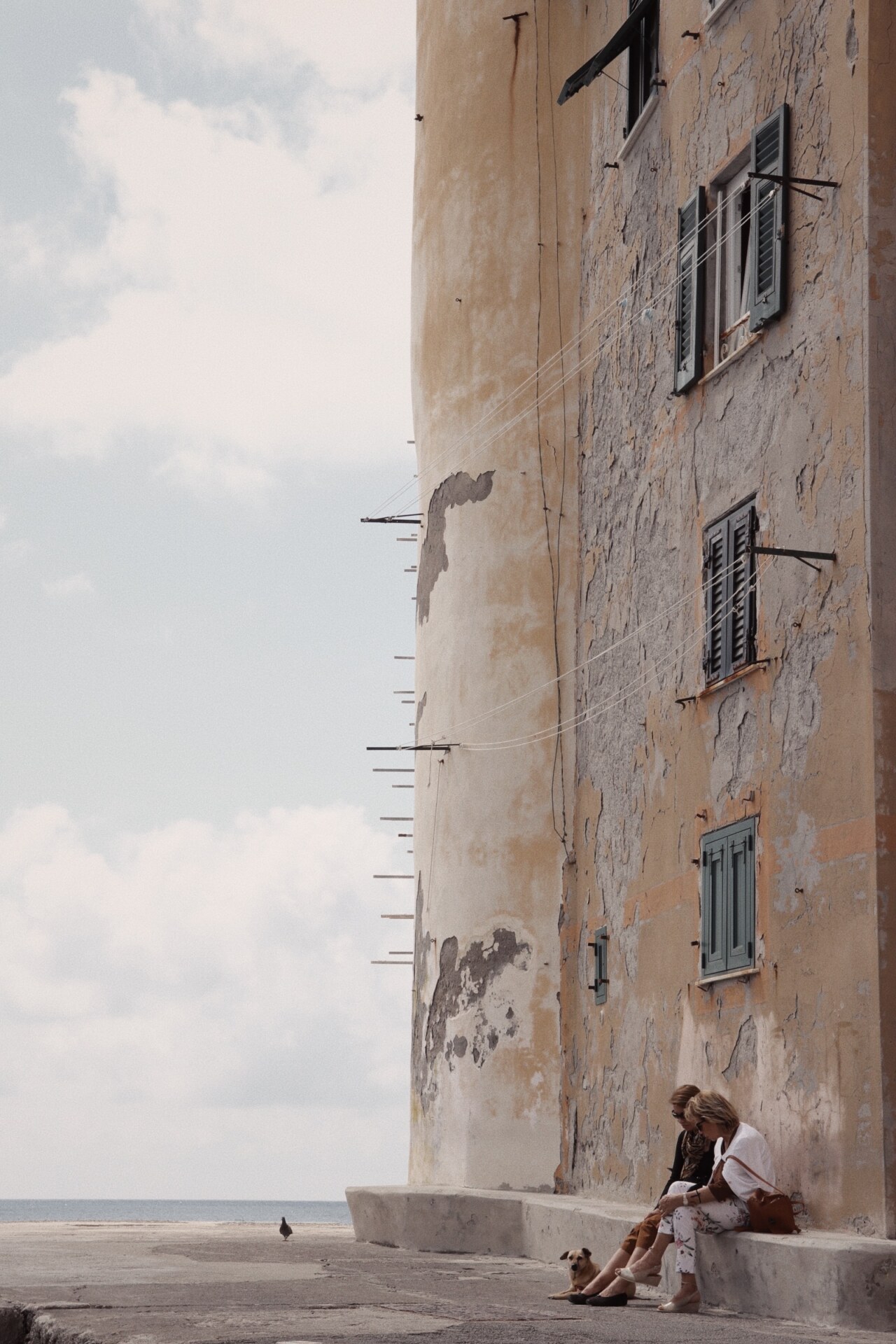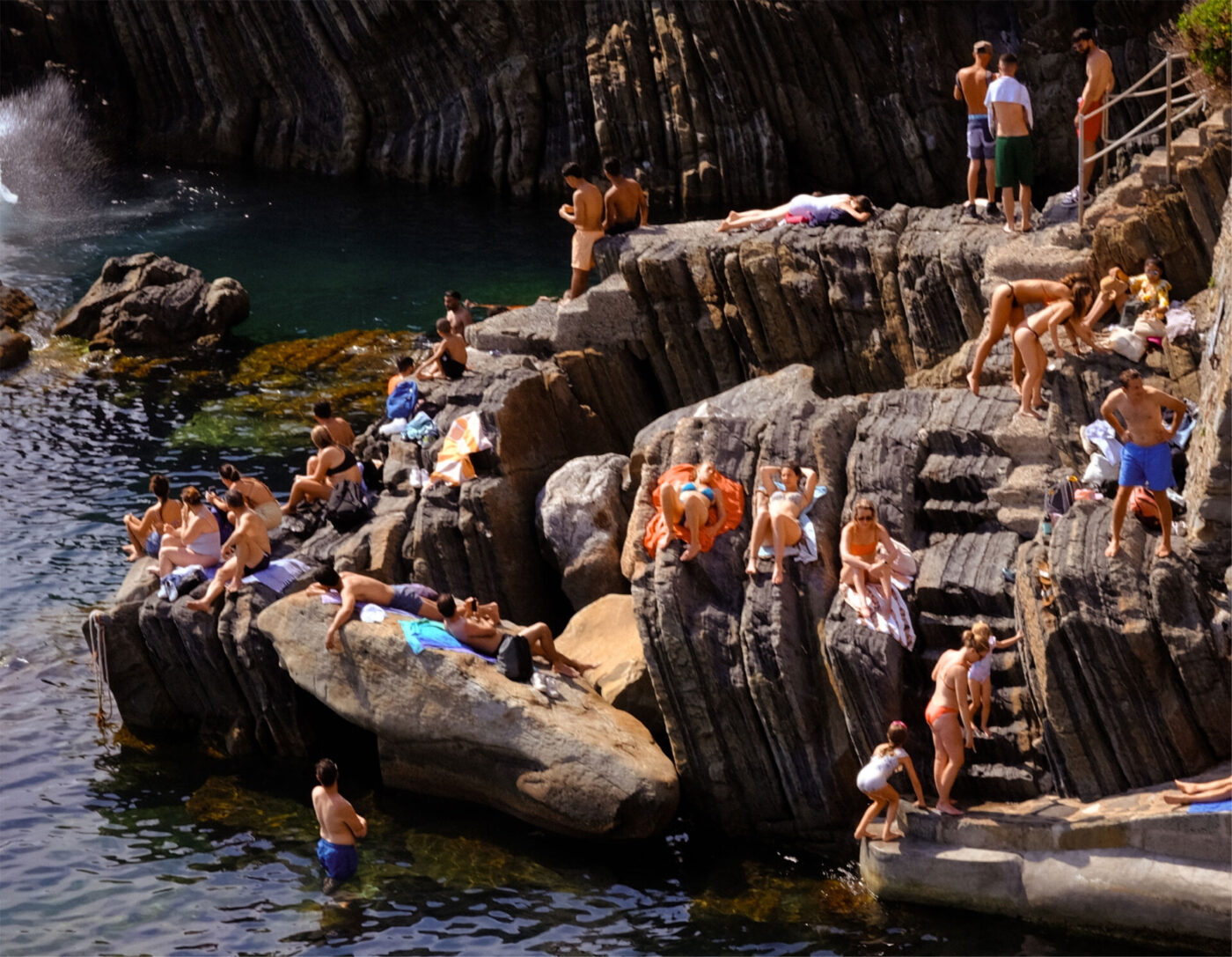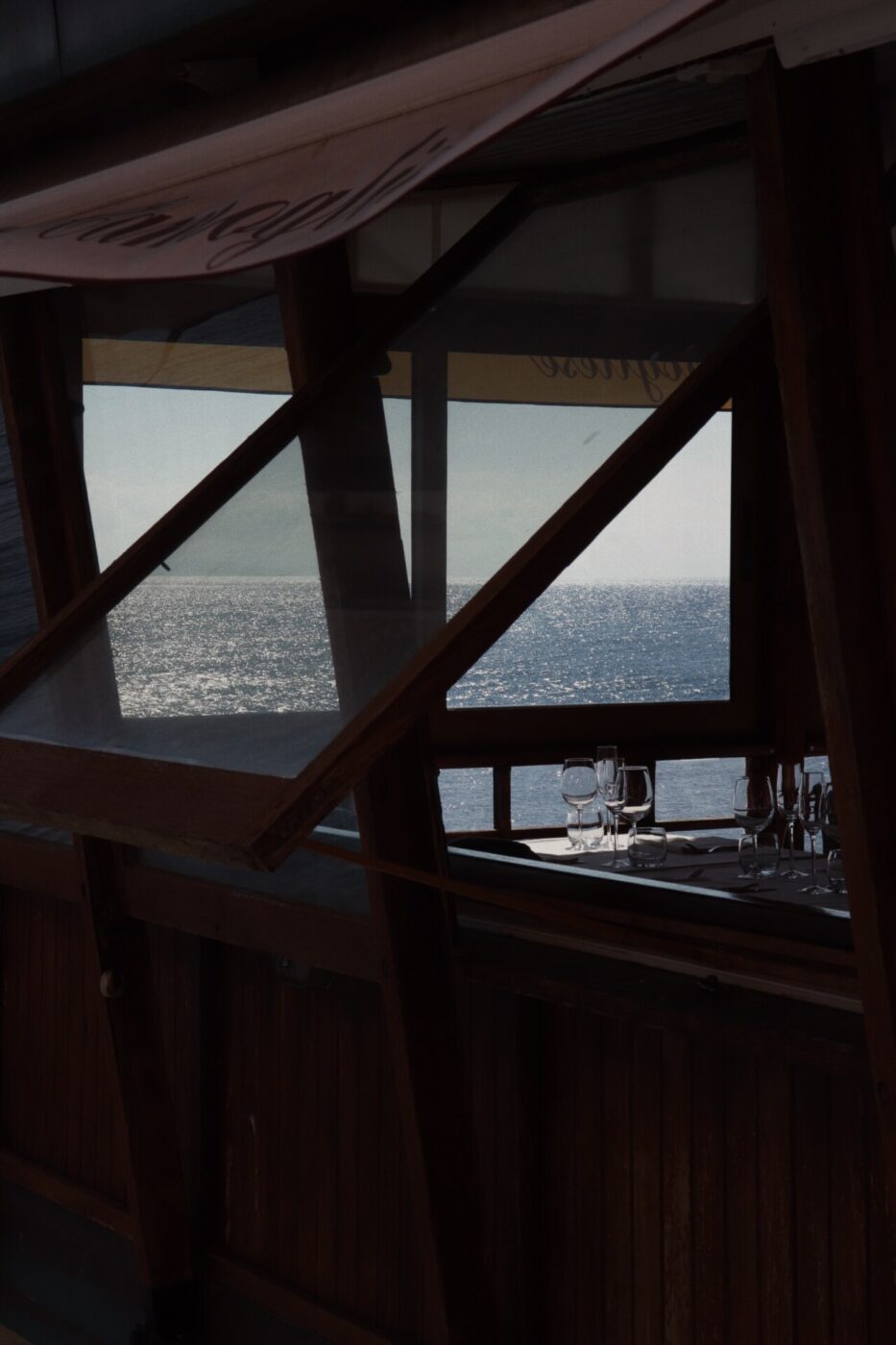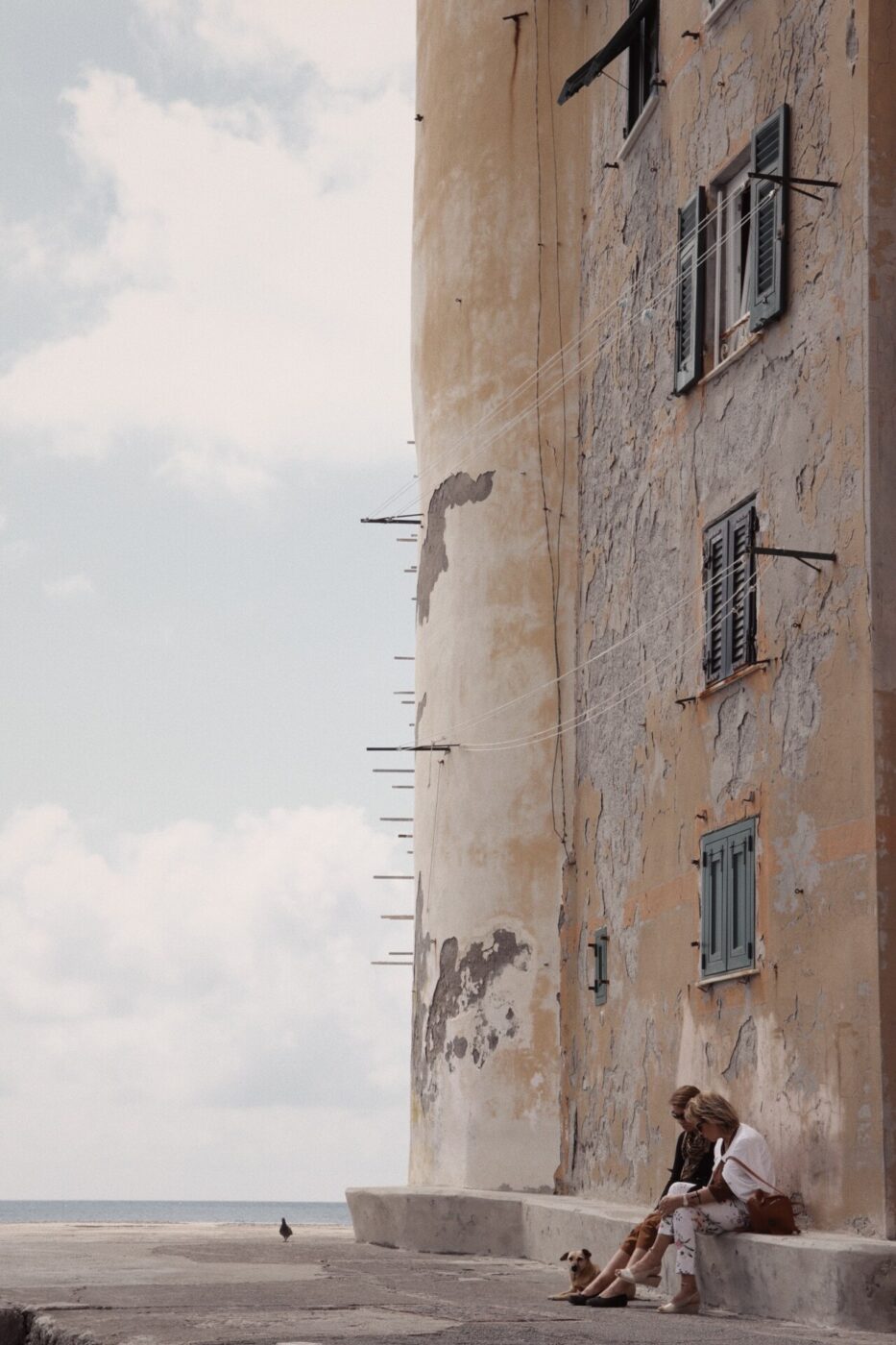Picture the Cinque Terre’s colorful, cascading villages, practically falling into the pristine Mediterranean Sea. Hear the hum of wooden Rivas as they cruise the rocky shoreline, focaccia picnic in tow. Beyond the sea breeze, smell the scent of basil and pasta al pesto invading restaurants, homes, and the cobblestoned streets of quaint towns. This is what usually comes to mind when you hear of the Italian Riviera, where “la dolce vita” reigns supreme and summer is always right around the corner.
The word riviera comes from the Latin “ripa”, meaning coast, and could refer to any stretch of land by the sea; instead, the Italian Riviera has become synonymous with the Ligurian coast, a shoreline split cleanly in two by its capital Genova, a division between East and West, Levante and Ponente. On the Levante side, Cinque Terre and Portofino have become top destinations with promises of Instagram-worthy settings and seaside delights that the Italian Riviera evokes. And yet, the center-stage spotlight seems to have spoiled the show: with all the attention on these small spots, many visitors leave feeling like the only Mediterranean vibe is that of being packed like salty sardines in a tiny tin.
Liguria Ponente, the western side of the Italian Riviera, may lack the glitz of its French counterpart (the Côte d’Azur) or the iconic reputation of Cinque Terre, but without an international spotlight, this is where you can really get a feel for everyday Ligurian life.
While it may not be on the modern traveler’s radar, Liguria’s Ponente side was already a popular destination by Grand Tour sightseers in the 18th century. By the 19th century, aristocrats, particularly the English, were flocking to the Mediterranean shores of Liguria Ponente for the mild climate and respite from the gray English winters. Over time, other parts of Italy became more popular, and thus more accessible. Getting to Liguria Ponente, however, is still an effort: there are no high-speed trains that venture past Genova, and the highways are curvy, narrow, and continuously under construction. Those that do seek out the area are most often Italian vacationers coming down from neighboring Piedmont or Germans looking for hiking trails and mountain retreats in peace. And yet, the British influence is preserved today, as some of the historic villas of the area have been converted into museums and parks (read on for more about visiting some of these gems!), leaving an aristocratic mark on an otherwise humble but captivating coastline.
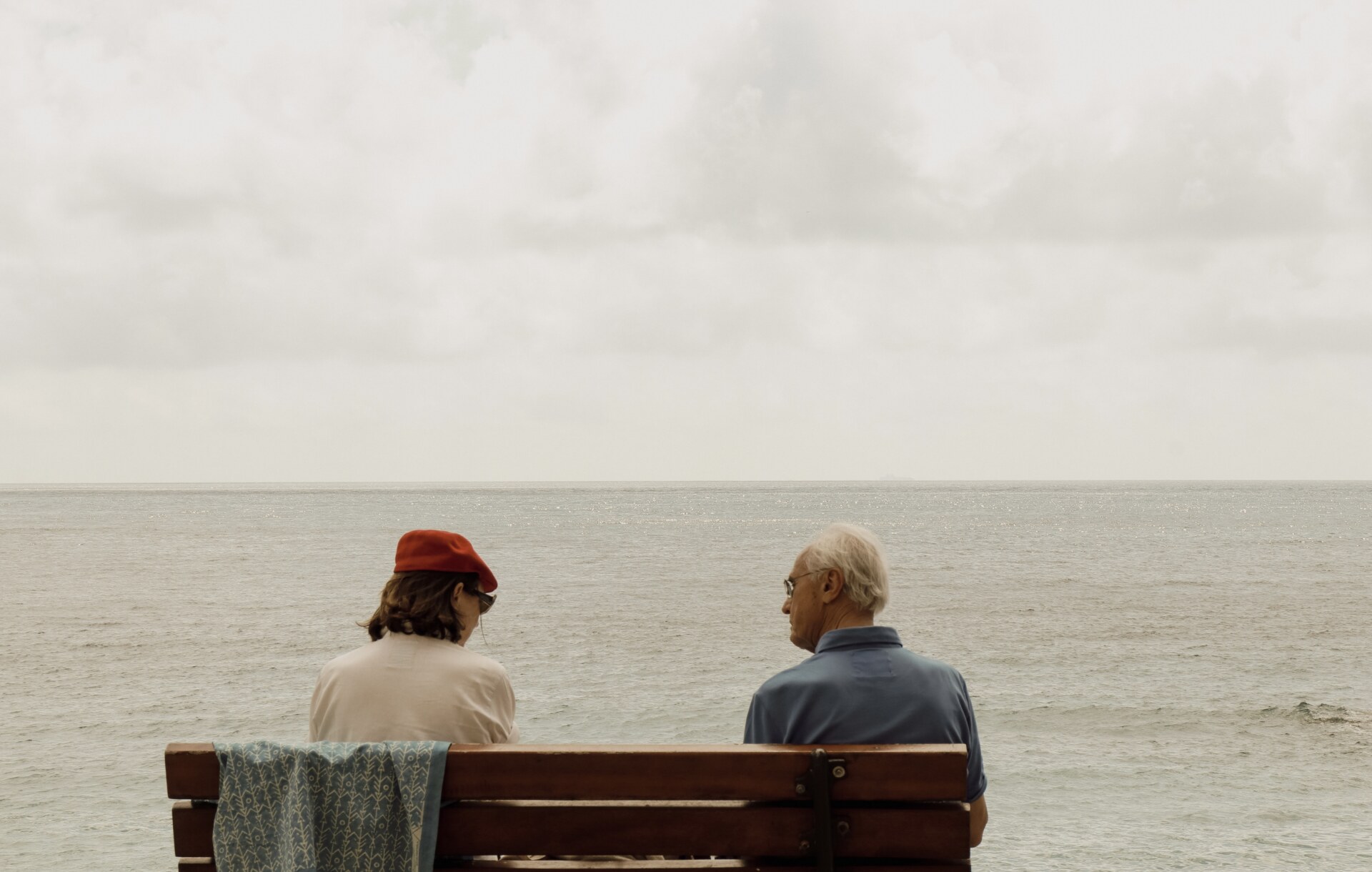
Photo by Rita Rivezzi
It seems only fair to mention that the area is home to an important event of modern Italian history, Sanremo: the namesake town of Italy’s annual Italian song contest that highlights new talent rather than celebrating previous success. One of the longest-running television programs in the world (since 1951 on radio and 1955 on TV), Sanremo adds a festive air to the city in the dead of winter and brings the country together for a week of shared excitement around who will become Italy’s latest singing sensation.
Sanremo is also referred to as the “City of Flowers” in recognition of its Mercato dei Fiori just outside the city, an important distribution point for flower trade in Italy. The town also benefits from the area’s flower cultivation, with many blooms dotting the pristine streets and pedestrian streets downtown. Along with flowers, music festivals, and one of Italy’s four casinos, Sanremo is home to the Milan-San Remo Classic, which, at 298 km, is the longest single-day bike race in the world (and has been since 1907). Cycling here isn’t just for professionals though; from the town of Ospedaletti to San Lorenzo al Mare spans 24 kilometers of bike path, a true luxury for those who have ever tried to share space on the road with Italian drivers.
Stunning and sandy beaches dot the coastline, so, wherever you end up, you’re bound to find a worthy stretch of beach. That’s not saying you won’t have to share space with the locals (who are already a bit touchy about sharing space with the neighboring Piemontese), but when you can, get your accommodations to book you one of the many lidos, or beach clubs, so you can stretch out in style under an umbrella. Spotorno, Albisola Marina, Celle Ligure, Noli, and Varazze are all charming towns right on the water and great spots to base yourself if your dream is sandy beaches and seaside spritzes. Each of these towns also has a small historic center where you can retreat for local specialities and simple shops. If it’s great views you’re after, Bergeggi isn’t quite a town, but rather a collection of houses, hotels, and apartments on a hill over a bay. You’ll be in for beautiful sunsets, but it’s a long climb on foot back up from the beach.

Photo by Ebru Çiçek
Another of the most popular coastal destinations of the Ponente is Alassio, a charming town known to attract those looking for a little bit more of the upscale aesthetic. Like many towns along the coast, Alassio started as a small fishing village but caught the attention early on of English Aristocracy and European intellectuals in the early 19th century, making it a destination for those looking for a tranquil retreat. “Il budello” is the main drag of Alassio, a pedestrian-only street lined with shops, boutiques, cafes, and local products, but it’s the “Muretto” that is this small town’s largest landmark: a colorful mosaic wall celebrating many of the celebrities and famous personalities who have visited the town, including Italian singers Mina and Lucio Dalla and famed Italian author Carlo Levi. An idea that came to fruition back in the 1950s thanks to a local bar owner who adored collecting autographs, and shared his idea with a well-known bar patron of his, Ernest Hemingway. From there, the dream was cemented into reality.
Located a short distance from Alassio, the Hanbury Gardens (Giardini Botanici Hanbury) are a UNESCO World Heritage Site with breathtaking views of the sea and almost 45 acres of cultivated land with native and exotic botanical species. Purchased by Englishman and aspiring botanist Thomas Hanbury in 1867, the area was chosen for its fertile soil and mild climate, where Hanbury could cultivate species that wouldn’t have a chance in his native land. Gardening was a common passion of English aristocrats, but Hanbury’s interest in biodiversity went beyond the average. Upon purchase, the land surrounding the pre-existing 11th century villa was mostly a mix of local cultivation: olive trees, vineyards, and citrus. Through the centuries, and now under the management of the University of Genova, the gardens boast over 5,800 botanical species. Other noteworthy gardens and villas in the area include Villa Pergola in Alassio, Villa Negrotto Cambiaso in Arenzano (keep an eye out for peacocks), and the botanical gardens of Pietra Ligure.
To go even farther off the beaten path, however, pry yourself away from the sandy coastline and head inland, into the hills, for some of Ponente’s intrigue, as well as a charming collection of small villages, hiking trails, and undisturbed nature that make it a favorite spot for hikers, mountain bikers, and scenery seekers.
One such village is the curious Bussana Vecchia, in the hills just northeast of Sanremo. Like many towns in the area, it was most likely founded by the Romans and then changed hands as invading Lombards and Saracens swept through the region. In the Middle Ages, it would have been part of the Duke of Ventimiglia’s territory and then later the Republic of Genova’s. The town, which used to have the hustle and bustle of any isolated hillside town, was completely abandoned in 1887 after an earthquake destroyed most of the houses in just a matter of minutes. The decision was made to leave the hillside town and start over along the coast, in Bussana Nuova (new Bussana), and the destroyed town remained in ruins until it caught the eye of a couple of artists in the 1950s. Slowly, parts of the town were rebuilt and made into a haven for the creative. With a population of just 66 people, you can now wander through the town and find a mix of galleries, outdoor art, silence, nature, and ruins.
Liguria Ponente may require a little extra effort, but the reward is in its complexity and diversity. It’s certainly not a place for those expecting a cliché Italian lifestyle served on a silver platter. The charm of this more remote side of Liguria is that it doesn’t cater to anyone: the area shines because of and despite its closed-off character. But, once you make it, there’s always a moment to marvel at the Liberty-style palazzi, explore hiking trails and sandy coves, and, even if there’s no sun, the colorful buildings and painted facades are guaranteed to lift your spirits.
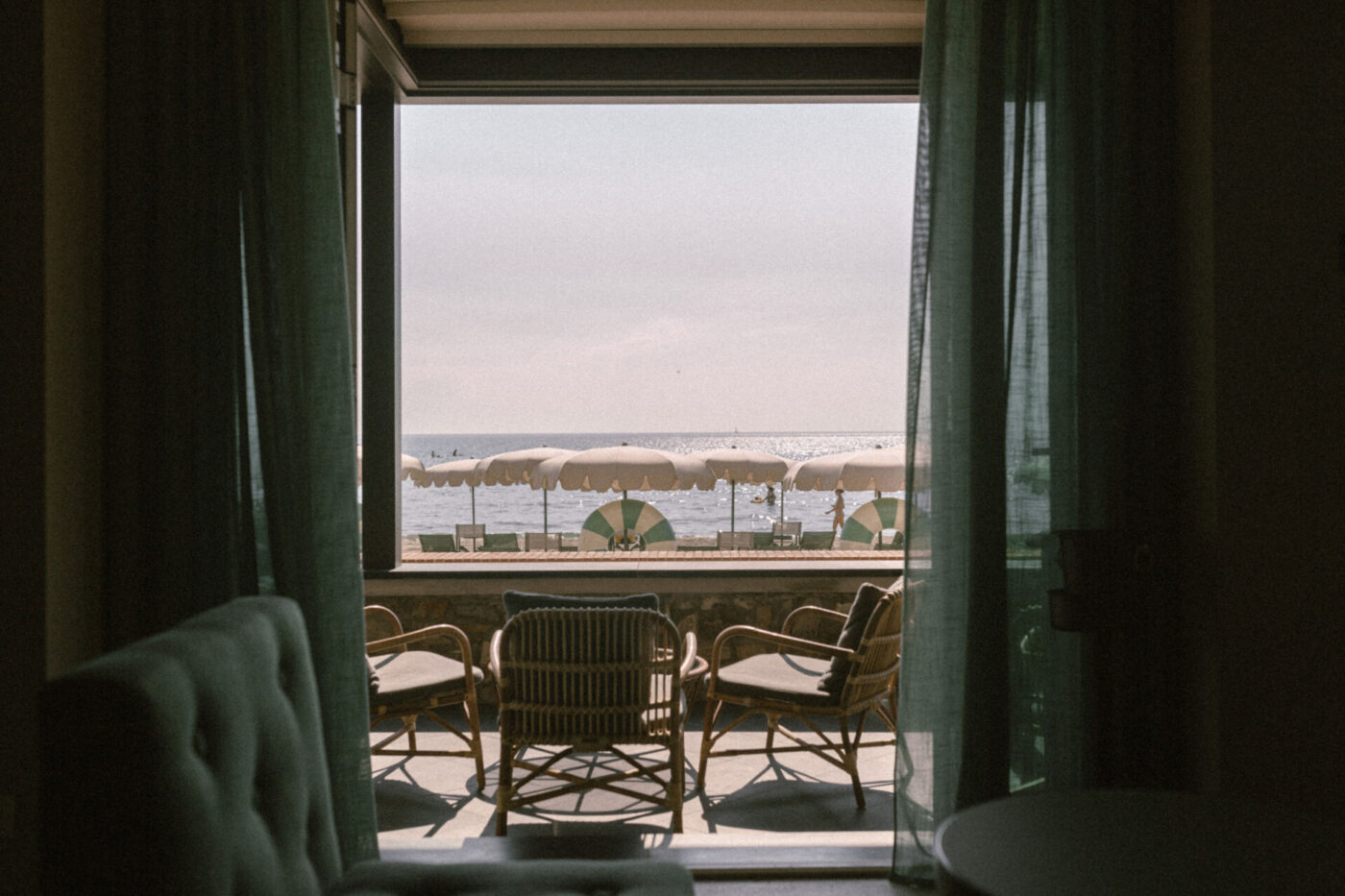
Hotel Windsor; Photo by Gina Spinelli
If You Go:
Where to Stay: Elegant Hotel Windsor was designed to recapture the Golden Age of the Italian Riviera of the 50s and 60s, referring less to the glitz of the major cities and movie stars of that time and more to the understated elegance of the era–although we can picture the likes of Sophia Loren and Monica Vitti lounging on one of the seafront balconies or enjoying a Negroni at the classy Windsor Bar.
How to Get There: Fly into Genova. If you want to stay along the coast, you can easily travel by train to almost all of the coastal towns. Renting a car will give you access to more of the unspoilt nature up in the hills and flexibility to go where you want when you want.
When to Visit: Don’t be turned off by off-season travel. The beaches may be closed and the towns quiet down, but you can still enjoy crisp sunny days and the charm of the villages without the summer crowds. In the fall, you can find “sagre”, or festivals, of every kind in the surrounding villages: chestnuts, ravioli, wine, etc. Summer season is considered May 1st to October 1st, when most of the beach clubs are open.
What to Eat: Make sure you try olive oil from the local taggiasca olive (a very delicate variety), farinata bianca in Savona, and pansotti (a stuffed pasta filled with wild greens) usually accompanied by a creamy walnut sauce.
